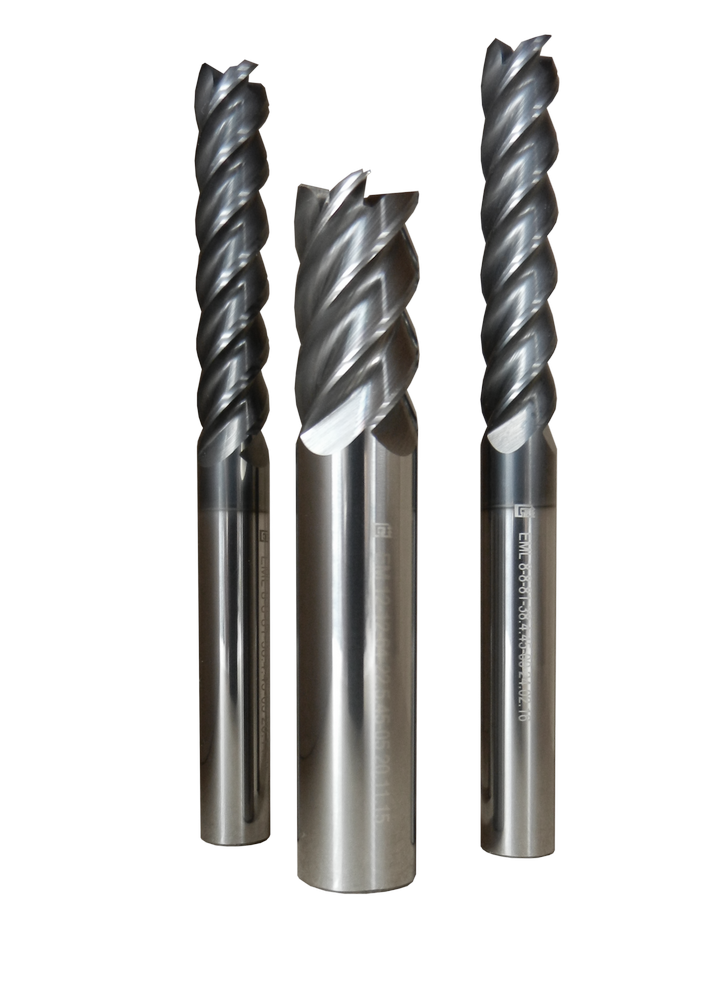An end mill is a tool with a cylindrical or conical shank and a sharpened cutting edge on its other side. Shanks are grasped by a chuck of a machine. Cutting edges impact a workpiece.
End mills are used for milling materials of different hardness. Removing material from a workpiece surface is performed by the sharpened cutting edge.
End mills are commonly used to perform the following processes:
- face milling;
- profile milling;
- shoulder milling;
- pocket milling;
- chamfering.
Different types of materials are machined with end mills:
- structural steel;
- alloy steel;
- increased hardness high-carbon steels (up to 65 HRC);
- medium strength stainless steels;
- hard-to-process stainless steels;
- various types of cast iron;
- non-ferrous alloys;
- plastics;
- wood;
- composite material.
Basic requirements to the material to make end mills of are high wear resistance and red-hardness. The most common material used to manufacture end mills is WC-Co hard metal (cemented tungsten carbide). This material characterized in high hardness, strength and red-hardness due to its chemical composition and a unique microstructure.
The fact that tungsten carbides keep hard at high temperature makes it possible to use high cutting speed while machining with the tool. Solid tungsten carbide end mills allow to use cutting speed up to 25000 rpm and feed up to 20000 mm/min.
PVD and CVD coatings such as AlCrN, AlTiN etc. are used to increase operating ability of end mills.
Cutting mode is specific for each type of workpiece. It depends on a shape, sizes and properties of the material to be machined, characteristics of a machine, type of a lubricoolant etc.
Cutting edge of end mill is designed with account of the properties of material to be machined. The main characteristics of the cutting edge geometry are helix angle, radial rake angle, radial relief angle and radial clearance angle.
















